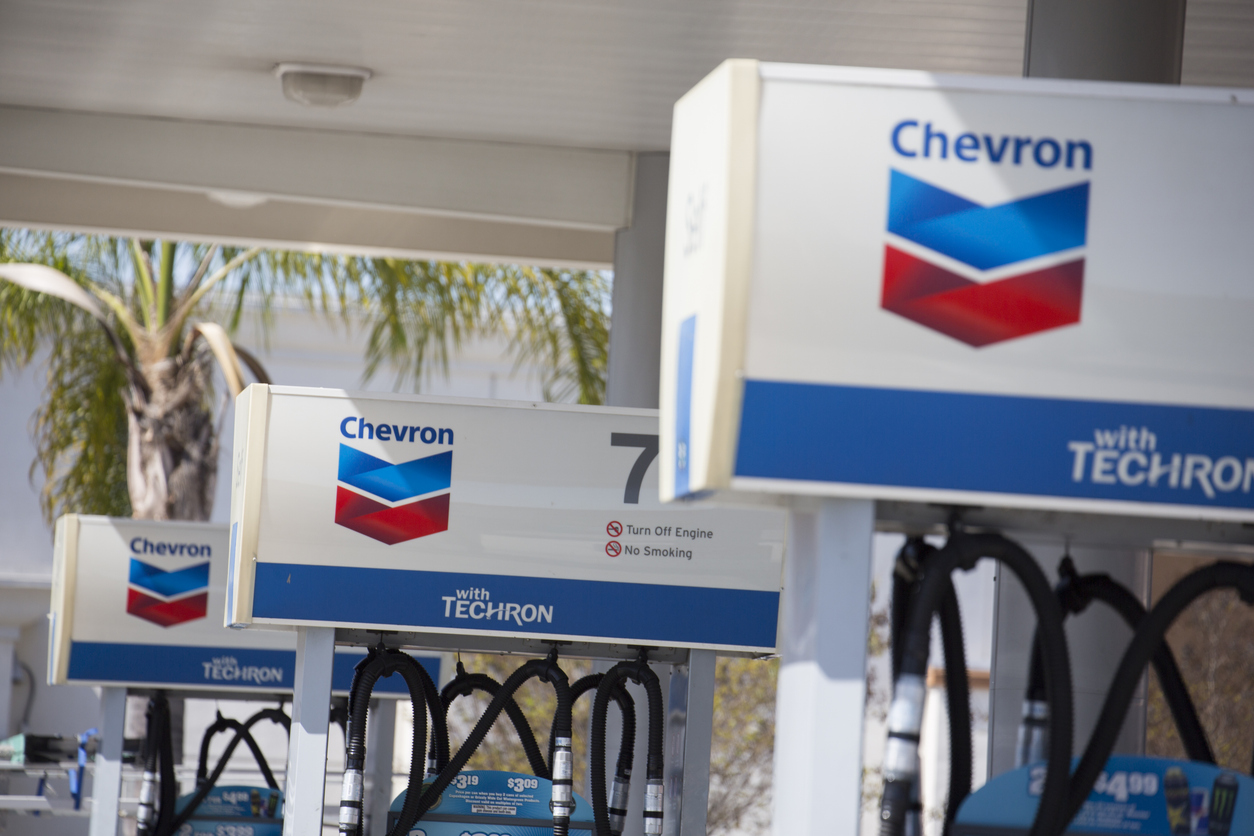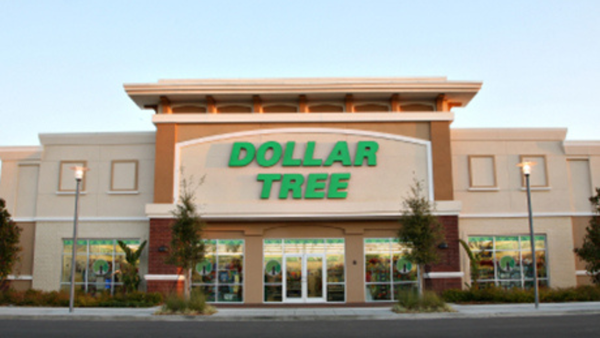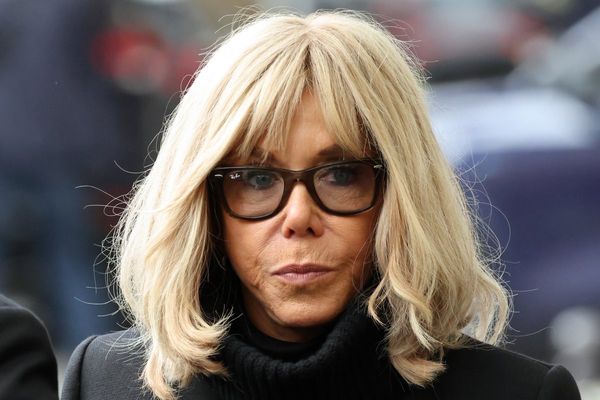
Today Chevron Corp (CVX) announced strong results and hiked its annual dividend per share (DPS) by 5% after 4 recent payments at a lower level. However, its free cash flow (FCF) was lower than last year, so the dividend hike was lower than expected.
CVX is trading at $150.20 in morning trading today. Nevertheless, it looks undervalued, as its new DPS level still has a 4.55% yield, which is higher than its historical average of 4.23%.
I discussed this in a Dec. 30, 2024, Barchart article, “Chevron Stock Looks Cheap, Especially if it Hikes the Dividend.”
Since then CVX stock has risen from $143.57, but it still looks cheap. Moreover, it also makes sense to play this by selling short cash-secured out-of-the-money put options This article will show why.

Dividend Per Share (DPS) Hike
In my Barchart article a month ago, I was expecting Chevron would hike the dividend per share (DPS) from $1.63 quarterly (i.e., $6.52 annually) to $1.74 quarterly ($6.96), a +6.5% raise.
However, Chevron today set the new quarterly DPS at $1.71 ($6.84 annually). This is just 4.9% higher than the prior annual dividend of $6.52. The new DPS is payable on March 10, 2025.
That means the dividend yield today is still high at over 4.5%:
$6.84 / $150.20 = 0.045539 = 4.55% annual yield
Nevertheless, this is still well over the stock's average yield over the past 5 years. For example, Morningstar reports that the average has been 4.23%.
As a result, assuming that 50% of the time over the next year, the new DPS will sport a 4.23% yield, here is how that affects the stock price:
$6.84 DPS / 0.0423 = $161.70
In other words, investors could reasonably expect CVX stock to rise by +$10.50 per share from here. That implies it is 7.66% undervalued:
$161.70 / $150.20 = 1.0766 = +7.66% upside
Moreover, Seeking Alpha reports that its analysis shows that its historical average yield has been 3.88%. That implies CVX is worth over 17% more:
$6.84 / 0.0388 = $176.29
$176.29 / $150.20 = 1.1737 = +17.4%
So, on average, using these two historical yield target prices ($161.70 and $176.29), the stock could be worth $169 per share, or +12.5% more:
$169 / $150.20 = 1.125 = +12.5%
Forward P/E Multiple
CVX stock could also be undervalued based on its forward P/E multiple, as I pointed out in my last article.
For example, analysts now expect $11.24 earnings per share (EPS) this year. That is 11.8% higher than the adj. EPS of $10.05 it just reported for 2024.
Using its average forward multiple of 13.72x from Morningstar, that means CVX stock could be worth $154.21 per share, or +2.6% more than today.
Free Cash Flow (FCF) Results
Chevron's Q4 results came in strong but its free cash flow (FCF) was lower than last year. That could account for why the stock has fallen off its recent highs.
For example, Chevron reported Q4 cash flow from operations (CFFO), which does not include capex spending and hence FCF results, was $8.7 billion, vs. $12.4 billion last year. That represents a huge 29.8% decline YoY in quarterly results.
However, the full-year 2024 CFFO was just 11.5% lower at $31.5 billion vs. $35.6 billion in 2023.
Moreover, its actual oil and gas production was higher than last year. That means the lower cash flow was largely due to lower prices, although its ability to squeeze out cash flow played a role.
In addition, the company raised its capex spending was higher at $16.4 billion in 2024, vs. $15.8 billion in 2023.

The net result was that 2024 FCF came in 24% lower at $15 billion vs. $19.8 billion in 2023. Nevertheless, the company decided to raise its dividend cost from $11.8 billion last year, as can be seen in the cash flow statement:

The quarterly cost is just $2.9 billion at the $1.63 DPS rate, so the annualized cost is just $11.6 billion. This is due to Chevron's huge share buybacks, which reduces the dividend cost.
Now, with a 4.9% higher DPS rate, the new dividend cost will be $3.0421 billion quarterly, or $12.17 billion.
That is still well below the $15.1 billion in annual FCF that the company is generating. So, it looks like Chevron can afford this higher dividend cost.
However, note that the large share repurchases are still well over the remainder of FCF less dividend costs. That implies the company is financing share buybacks with debt or cash drawdowns.
The bottom line is that the dividend hike looks secure and CVX stock looks cheap.
One way to play this, to gain higher income, is to sell short cash-secured out-of-the-money (OTM) put options in nearby expiry periods.
Shorting OTM Puts
For example, in my last article, I discussed selling short the $140.00 strike price put option, when CVX was trading at $143.36, i.e., 2.38% out-of-the-money (OTM) for the Jan. 31 expiration date (today).
The premium received by a cash-secured short-seller of these puts was $1.59 on the bid side. That worked to a 1.13% immediate yield ($1.59/$140.00 = 0.011357)
That option is set to expire worthless today. In other words, the short-sellers of these puts not only kept the 1.13% yield for 1 month, but also will have no obligation to buy CVX shares at $140.00 per share.
It makes sense to do this again. For example, look at the Feb. 28 expiration period. It shows that the $145.00 put option strike price has a bid-side premium of $1.48.
That gives a short-seller of these put options an immediate yield of 1.02% (i.e., $1.48/145.00) over the next month.

This shows that an investor in CVX stock can make extra income by selling short OTM puts in nearby expiry periods. Note that the strike price is 3.8% below the trading price today and there is also a low delta ratio of just -25.8%. That implies that there is just a 25% or so chance, based on historical volatility, that CVX stock will fall to $145.00 over the next month.
For others, it is a way of setting a lower buy-in target price. For example, the breakeven price would be $145.00-$1.48, or $143.52 if the put options are assigned to a short-seller. (That occurs if CVX falls to $145.00 or lower any time over the next month).
This would give investors a much higher dividend yield than existing investors. For example:
$6.84 DPS / $143.52 breakeven price = 0.047659 = 4.77% dividend yield
That also gives the investor a better potential upside. For example, at the historical dividend target price of $169.00, the investor stands to make an expected return (ER) of 17.75%:
$169.00 / $143.52 = 1.1775 = +17.75% upside
Lastly, look at all this extra income we can generate shorting OTM puts. Last month the investor made a 1.13% yield, and with this play the investor can make another 1.02%. That's 2.15% over two months. If the investor in CVX stock can keep this up, the annualized ER works out to 12.9%:
2.15% x 6 = 12.9% annualized ER
The bottom line here is that CVX stock looks very cheap. This is based on its historical dividend yield, historical forward P/E, and also using out-of-the-money short-put plays.







